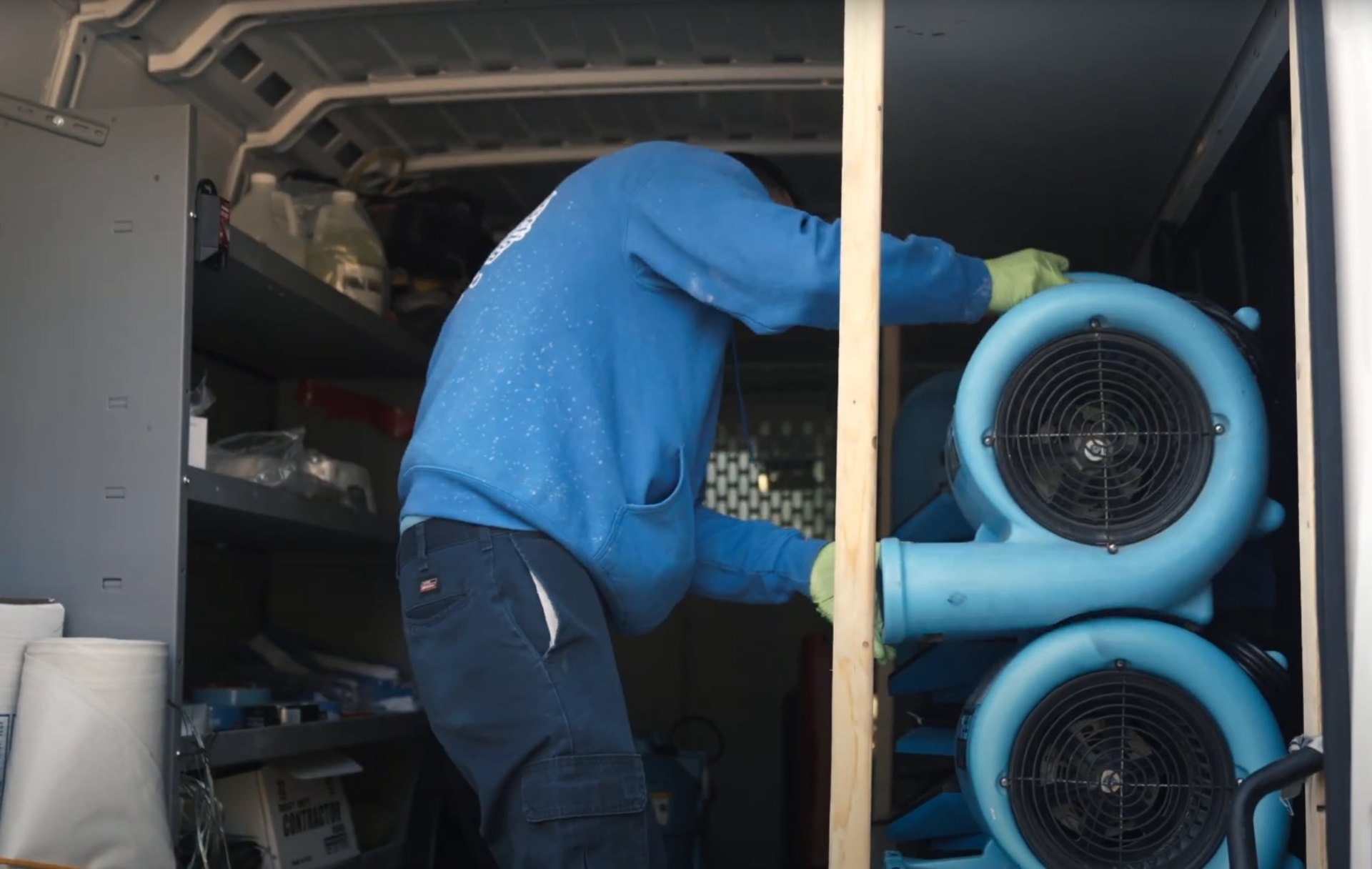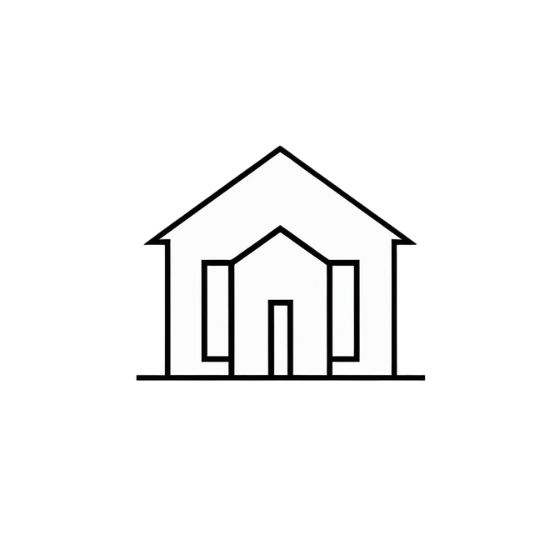Structural Drying & Dehumidification
Advanced structural drying techniques in Katy, TX. Industrial-grade equipment ensures complete moisture removal and prevents secondary damage.

After water extraction removes standing water, the critical phase of structural drying begins. This sophisticated process goes far beyond simply placing fans around your property. Professional structural drying requires understanding psychrometrics, moisture migration patterns, and the specific drying characteristics of different building materials. Our certified technicians use scientific principles to create optimal drying conditions that remove moisture completely while protecting your property's structural integrity. Learn more about our complete water damage restoration process that ensures thorough recovery for your Katy property.
Structural drying isn't just about removing visible moisture – it's about eliminating water that has penetrated deep into building materials. Wooden studs can retain moisture for weeks without proper drying, while concrete can take months to naturally release absorbed water. Our systematic approach ensures complete moisture removal from all affected materials, preventing long-term problems like wood rot, metal corrosion, and persistent odors that can plague properties for years.
The Science of Psychrometrics in Water Damage Restoration
Psychrometrics is the study of air and moisture relationships, and it forms the foundation of effective structural drying. Air can only hold a specific amount of moisture at any given temperature – this is called the dew point. When air becomes saturated, it can't absorb additional moisture from wet materials, effectively stopping the drying process. Our technicians continuously monitor temperature, humidity, and dew point readings to maintain optimal drying conditions throughout the restoration process.
The relationship between temperature and humidity is critical for efficient drying. Raising the temperature by just 10 degrees can nearly double the air's moisture-holding capacity, significantly accelerating the drying process. However, excessive heat can damage certain materials or create safety hazards. Our experienced technicians balance temperature and humidity levels to achieve maximum drying efficiency while protecting your property and ensuring safety.
Industrial Dehumidification Technology
Commercial-grade dehumidifiers form the backbone of our structural drying systems. These powerful units can remove hundreds of pints of moisture per day, far exceeding the capabilities of residential units. Low-grain refrigerant (LGR) dehumidifiers can reduce humidity levels to as low as 15%, creating extremely dry conditions that pull moisture from even the most stubborn materials. This level of dehumidification is impossible to achieve with conventional equipment.
Desiccant dehumidifiers provide another powerful tool for extreme moisture removal. These units use specially treated materials to absorb moisture from the air, then regenerate through heated air cycles. Desiccant dehumidifiers excel in low-temperature conditions and can achieve humidity levels below 10% when necessary. The choice between refrigerant and desiccant technology depends on specific conditions, material types, and environmental factors our technicians assess on-site.
Strategic Air Movement for Enhanced Drying
Air movement is essential for breaking the boundary layer of saturated air that naturally forms around wet surfaces. Without proper air circulation, this saturated layer prevents further evaporation, even in low-humidity environments. Our high-velocity air movers create specific airflow patterns that continuously replace saturated air with dry air, maintaining maximum evaporation rates throughout the drying process.
The positioning and angle of air movers requires careful consideration of room geometry, material types, and moisture locations. Axial air movers excel at moving large volumes of air across surfaces, while centrifugal air movers provide focused, high-velocity airflow for specific applications. Our technicians create three-dimensional airflow patterns that ensure every affected surface receives proper air circulation, maximizing drying efficiency and preventing moisture pockets.
Material-Specific Drying Strategies
Different building materials require different drying approaches based on their porosity, density, and moisture absorption characteristics. Hardwood flooring may cup or crown if dried too quickly, requiring gradual moisture removal over several days. Conversely, gypsum drywall can lose structural integrity if moisture isn't removed quickly, necessitating aggressive drying techniques. Our restoration specialists understand these material-specific requirements and adjust drying strategies accordingly.
Insulation presents unique drying challenges because of its high surface area and moisture retention properties. Wet insulation loses its thermal properties and can become a breeding ground for mold if not properly dried. In many cases, wet insulation must be removed and replaced, but our assessment determines whether specialized drying techniques can restore its integrity. This material-specific knowledge prevents unnecessary demolition while ensuring complete moisture removal.
Continuous Monitoring and Documentation
Professional moisture monitoring throughout the drying process ensures optimal results and provides essential documentation for insurance purposes. Our technicians take daily moisture readings using calibrated meters, recording progress and adjusting equipment as needed. Industry standards require moisture levels to return to normal ranges before the drying process is considered complete, typically within 1-2% of unaffected areas for similar materials.
Thermal imaging cameras provide invaluable insight into moisture patterns and drying progress. These cameras detect temperature differences that indicate moisture presence, even behind walls or under flooring. Regular thermal imaging throughout the drying process confirms that moisture is being effectively removed from all affected areas, not just visible surfaces. This comprehensive monitoring prevents callbacks and ensures complete restoration.
Energy Efficiency and Environmental Considerations
Modern structural drying techniques balance effectiveness with energy efficiency. Our equipment selection and positioning strategies minimize electricity consumption while maximizing drying performance. Variable-speed air movers adjust airflow based on real-time conditions, while energy-efficient dehumidifiers maintain optimal performance throughout extended drying cycles. This approach reduces operational costs and environmental impact without compromising results.
Indoor air quality receives careful attention throughout the drying process. While aggressive drying creates dusty conditions, our technicians implement air filtration and containment strategies to minimize disruption to your daily life. HEPA air scrubbers remove airborne particles, while proper ventilation prevents the buildup of chemical vapors or excessive heat. This comprehensive approach ensures your comfort and safety during the restoration process.
Advanced Drying Techniques for Challenging Situations
Some water damage scenarios require specialized drying techniques beyond conventional methods. Heat drying systems can raise ambient temperatures to accelerate evaporation in heavily saturated materials. Injection drying systems force heated air into wall cavities and other enclosed spaces where traditional equipment cannot reach. These advanced techniques ensure complete moisture removal even in the most challenging situations.
Negative air pressure systems create controlled environments for drying sensitive areas or containing potential contaminants. By maintaining lower pressure in affected areas, we prevent moisture migration to unaffected spaces while directing airflow for maximum drying efficiency. These sophisticated systems demonstrate our commitment to using the most advanced restoration technology available.
Need Professional Structural Drying?
Expert moisture removal prevents long-term damage and mold growth
